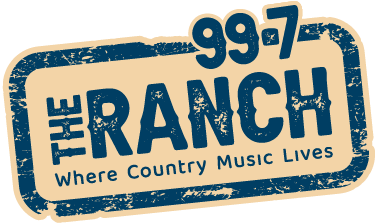Ottawa, Dec. 3, 2014 — The Heart and Stroke Foundation today launched a new national campaign to raise awareness of the signs of stroke based on FAST, a simple and effective educational approach that is being used in many countries with success. Ability to recognize the signs of stroke and take quick action can mean the difference between life and death, or between a full recovery and lasting disability.
FAST stands for: Face – is it drooping? Arms – can you raise both? Speech – is it slurred or jumbled? And Time, to call 9-1-1 or your local emergency service right away. As a public awareness approach, FAST has been translated into several other languages around the world. In Quebec, the campaign will use VITE, for Visage, Incapacité, Trouble de la parole and Extrême urgence. FAST and VITE are short words that provide an easy way to remember the major signs of stroke, and remind people to take action as quickly as possible.
Not enough Canadians recognize the signs of stroke and know what to do. Stroke is the number three killer of Canadians, and one of the leading causes of disability. There are an estimated 62,000 strokes in Canada each year; that is one every nine minutes. Yet, more than 80 per cent of Canadians who have a stroke and make it to the hospital will survive, with varying degrees of recovery.
Toronto resident Stacey Yepes, 49, knows too well the importance of recognizing the signs of stroke. Last spring, Stacey made international headlines after recording herself on her mobile phone while experiencing a stroke, in order to show physicians her signs.
“The first time I had a stroke I immediately went to the emergency department. Having no visible symptoms and being in good health, I was told it was stress,” said Yepes. “I didn’t think it was stress, and within a few days I had two more strokes. The third time, when I felt my left side going numb, I grabbed my phone and hit record, so that I could show doctors exactly what I was experiencing.”
A subsequent MRI revealed Yepes had suffered a transient ischemic attack (TIA), also called a mini-stroke, resulting from atherosclerosis (a buildup in plaque in the arteries). “I now take a blood-thinner and a cholesterol-lowering medication as a preventive measure, and I have made lifestyle changes by exercising regularly and eating a healthier diet,” added Yepes.
Although stroke is most common in people over the age of 70, the Heart and Stroke Foundation’s Stroke Report 2014, published in June, revealed an alarming escalation in the incidence of stroke among those under 70. Over the past decade, strokes in people in their 50s have increased by 24 per cent and for those in their 60s, by 13 per cent. Even more alarming, recent international studies predict that stroke rates among younger people (ages 24-64) will double in the next 15 years.
“Our objective is to ensure that all Canadians, no matter where they live or how old they are, know and remember the signs of stroke with the FAST approach,” said Ian Joiner, Director of Stroke at the Heart and Stroke Foundation. “The faster you can get to the right hospital when experiencing stroke, the better your chances of survival and recovery with little or no disability. There is a saying that ‘time is brain’ or, put another way, that ‘time lost is brain lost,’” added Joiner. “Brain cells die at a rate of two million per minute after stroke, so the sooner normal blood flow can be restored, the greater the likelihood of a good outcome.”
The signs of stroke campaign will integrate various components including social media, direct communication with our donors and other stakeholders, and an educational TV spot that will begin airing in late December. The ad will run in Ontario only at first, funded in part by Ontario’s Ministry of Health and Long Term Care. The Foundation hopes to expand the reach of the TV ad to the rest of the country with support from other provincial governments or corporate partners.
For more information please go to: www.heartandstroke.ca/FAST


